Setting on a culinary journey through the Dominican Republic offers more than just a taste of the Caribbean; it’s an exploration of flavors and costs. This guide provides a detailed look at the expenses associated with enjoying the country’s diverse gastronomy. From the cost of a comforting plate of la Bandera to the price of exotic tropical fruits, understanding the financial aspect of dining in this vibrant nation is essential for travelers and locals alike. The official currency used in the Dominican Republic is the Dominican peso, which offers better exchange rates compared to using American dollars.
Navigating through the Dominican Republic’s food scene is an adventure in itself. Whether you’re buying groceries for a home-cooked meal or treating yourself to a seaside dinner, knowing what to expect in terms of cost can enhance your experience. This article delves into “How much does food cost in Dominican Republic” and the various factors that influence food prices, offering practical advice to ensure your culinary exploits are as budget-friendly as they are delicious.
Overview of Food Prices in the DR
The Dominican Republic offers a wide range of delicious food options at various price points, making it a culinary paradise for every budget. If you’re dining out, you can find meals starting from around $5 to $10 per person at casual, local eateries. These spots often serve traditional Dominican dishes, providing an authentic taste of the local cuisine without breaking the bank.
For those looking for a bit more variety, mid-range restaurants offer an extensive menu that includes both local and international dishes. Here, you can expect to spend between $15 to $30 per person. These establishments are perfect for a relaxed evening out or a special occasion.
If you’re staying at luxury hotels or seeking a high-end dining experience, be prepared for prices upwards of $50 to $100 per person. These upscale venues often feature gourmet dishes crafted by renowned chefs, offering a dining experience that is both exquisite and memorable.
Budgeting for Meals
When planning a trip to the Dominican Republic, one of the most important considerations is the cost of food. Whether you’re a foodie seeking to indulge in local cuisine or a traveler on a tight budget, understanding meal expenses is crucial. The Dominican Republic is considered a budget-friendly destination for food lovers, with options that cater to various budgets.
Average Food Prices of Daily Meals
The Dominican Republic offers a range of dining experiences to suit every budget. On average, visitors should expect to spend around $36 per day on meals, which is the average price for daily dining. This figure is a composite that includes budget-friendly street food as well as dining in mid-range restaurants.
Breakfast, Lunch Cost, Dinner Breakdown
A typical day’s meal might look something like this:
Breakfast: Start your day with a simple yet satisfying meal such as mangú (mashed plantains) with onions, fried cheese, and eggs. A meal like this can cost around $3 to $5.
Lunch: For lunch, a popular choice is la Bandera, a traditional dish consisting of rice, beans, meat, and salad. The lunch cost for a hearty portion typically ranges from $4 to $7.
Dinner: Dinner options vary widely, but a meal at a casual restaurant will generally set you back $8 to $15. This could include a dish like sancocho, a hearty stew with meat and vegetables.
Street Food vs. Restaurant Dining
The Dominican Republic’s street food scene is vibrant and offers an affordable way to enjoy delicious local flavors. A typical street food meal can range from $2 to $4, providing great value for money. In contrast, a meal at a tourist-oriented restaurant can cost anywhere from $15 to $50 or more per person, depending on the establishment’s reputation and menu offerings. Shopping at grocery stores is another way to manage food expenses while enjoying local flavors.
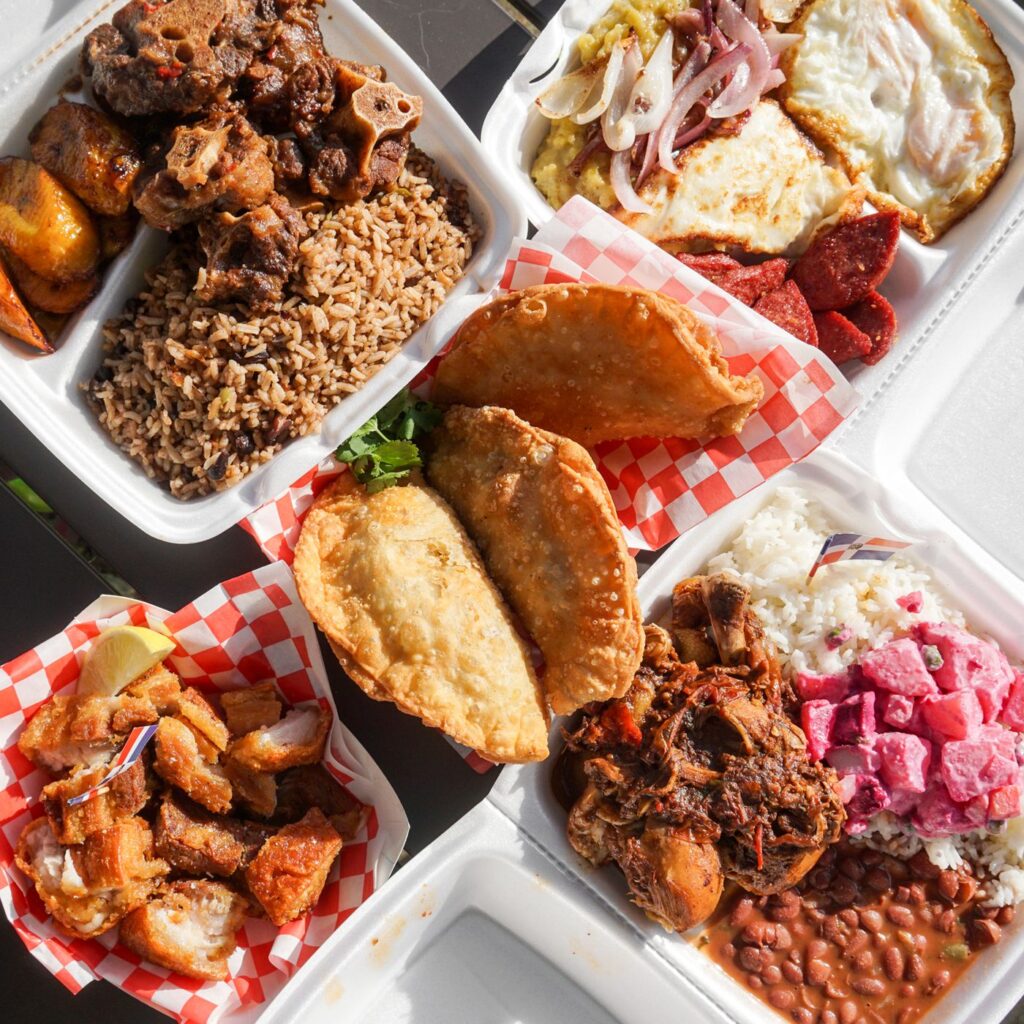
Credits to Eater LA
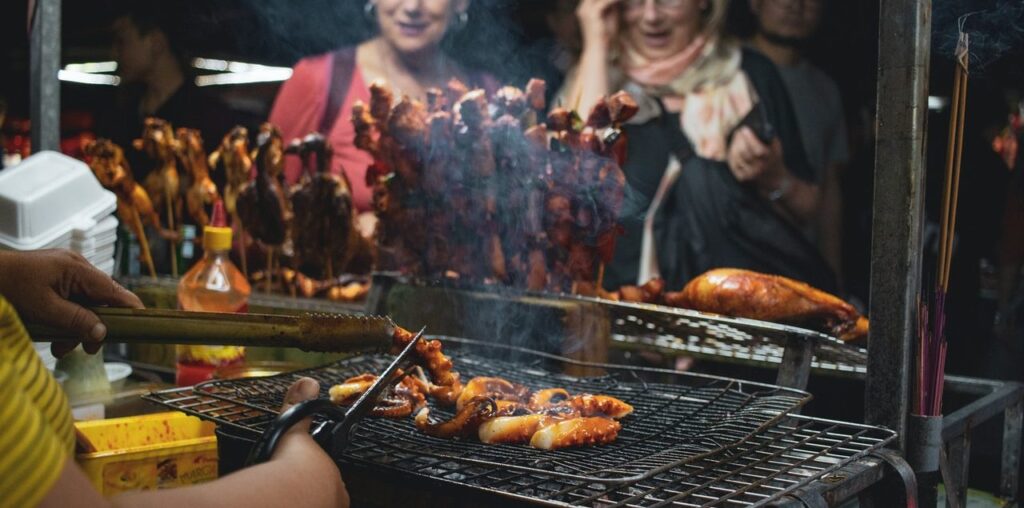
Credits to Launch Your Travels
Tips for Saving on Food
To save money while still enjoying a range of tastes, consider the following tips:
Local Eateries: Opt for smaller, local eateries rather than tourist-heavy restaurants.
Shared Meals: Portions can be generous, so consider sharing meals.
Street Food: Don’t shy away from street food vendors; they offer some of the most authentic and affordable meals.
Markets: Visit local markets for fresh produce and snacks at lower prices than supermarkets.
By being mindful of these costs and tips, you can enjoy a diverse array of Dominican culinary delights without breaking the bank.
Regional Price Variations
The Dominican Republic, with its diverse landscapes and communities, offers a variety of dining experiences that can affect the cost of food. From bustling city centers to serene coastal towns, the price of meals can vary significantly. Understanding the Dominican Republic cost variations can help travelers budget more effectively.
Coastal vs. Inland Dining Experiences
Coastal Areas: The proximity to the sea means that coastal areas often have a bounty of seafood, which can be less expensive than inland. For example, a fresh fish meal on the beach might cost around $7 to $10, while the same meal could be more costly in a city. Coastal regions also tend to cater to tourists, so while there are affordable options, upscale dining can be quite expensive, with meals ranging from $15 to $50 per person. Punta Cana, a popular coastal destination, offers a range of dining options from affordable seafood to upscale restaurants.
Inland Regions: Inland, particularly in less touristy areas, the cost of dining out can be lower. A meal at a local restaurant may range from $5 to $15, offering traditional dishes at a fraction of the cost compared to tourist hotspots. However, in major cities like Santo Domingo and Santiago, prices can be slightly higher due to urban living costs.
Urban vs. Rural Cost Differences
Urban Centers: In cities, you’ll find a mix of local eateries and international cuisine, with prices reflecting this diversity. A casual meal in Santo Domingo or Santiago might cost around $6 to $10, while a three-course meal for two in a mid-range restaurant could be about $48. The capital city, Santo Domingo, tends to have higher dining costs compared to rural areas due to urban living expenses.
Rural Areas: The countryside of the Dominican Republic offers a more authentic and cost-effective dining experience. Here, the prices for meals are generally lower, with a typical lunch costing between $3 to $10 per person. This is due to the lower cost of living and the availability of local produce.
Seasonal Fluctuations
The time of year can also impact food costs. During the high tourist season, prices may increase, especially in coastal and tourist areas. Conversely, in the low season, you might find discounts and special offers, making dining out more affordable. Tour prices, like food costs, can also fluctuate based on the season, affecting overall travel expenses.
By understanding these regional and seasonal price variations, visitors can better plan their budgets and choose dining options that offer the best value for their preferences and wallets.
Grocery Shopping Insights: Navigating the grocery shopping scene in the Dominican Republic is an essential part of understanding food costs. Whether you’re a local resident or a visitor, knowing where and how to shop can make a significant difference in your food budget.
Local Markets vs. Grocery Stores
Local Markets: Shopping at local markets is a vibrant experience, offering fresh produce, meats, and a variety of local goods. Prices at these markets are often lower than supermarkets because they typically have fewer overhead costs and offer seasonal products directly from local farmers. For example, a kilogram of tomatoes might cost around $1.00 at a market compared to $1.50 at a supermarket.
Supermarkets: Supermarkets in the Dominican Republic provide a wide range of products, including imported goods, which can be more expensive. They offer convenience and a one-stop-shop experience but at a higher cost. A liter of milk might cost about $1.30 in a supermarket, while the same could be found for $1.00 at a local market.
Price Comparison: Market vs. Supermarket
A comparative glance at some common grocery items reveals the cost advantage of market shopping:
Rice (1kg): Market – $1.09, Supermarket – $1.25.
Chicken Fillets (1kg): Market – $3.84, Supermarket – $5.53.
Local Cheese (1kg): Market – $6.98, Supermarket – $10.21.
Shopping Habits and Savings
To maximize savings, many locals combine shopping at both markets and supermarkets. They purchase bulk staples and specialty items at supermarkets while relying on markets for daily fresh produce. This strategy balances cost with convenience and variety.
The Rise of Grocery eCommerce
The Dominican Republic is also experiencing a growth in grocery eCommerce, with online sales predicted to reach $100.1 million by 2024. This trend offers a new avenue for grocery shopping, combining the convenience of online ordering with the potential for cost savings through direct delivery from local producers.
Tips for Smart Grocery Shopping
Plan Ahead: Make a list and stick to it to avoid impulse buys.
Buy Seasonal: Seasonal produce is fresher and often cheaper.
Compare Prices: Check prices at both markets and supermarkets for the best deals.
Embrace Local Brands: Local brands can be less expensive than imported ones.
By understanding the nuances of grocery shopping in the Dominican Republic, you can make informed decisions that cater to both your palate and your pocket.
Groceries in the Dominican Republic
Grocery shopping in the Dominican Republic can be a cost-effective way to stock up on essentials, especially if you prefer cooking your own meals. Fresh produce, such as fruits and vegetables, is widely available and affordable, with prices starting from around $1 to $2 per pound. This makes it easy to enjoy a healthy diet without spending a fortune.
Meat, dairy, and bakery products are also reasonably priced. For instance, a loaf of fresh white bread typically costs around $1 to $2. If you’re planning a weekly grocery haul, budgeting around $50 to $100 per person should suffice, depending on your individual preferences and dietary needs.
Food Prices
Here are some average prices for common food items in the Dominican Republic:
Fresh fruits (e.g., bananas, apples): $1 to $2 per pound
Fresh vegetables (e.g., lettuce, tomatoes): $1 to $2 per pound
Meat (e.g., chicken, beef): $3 to $5 per pound
Dairy products (e.g., milk, cheese): $2 to $4 per liter/carton
Bakery products (e.g., bread, pastries): $1 to $3 per item
Rice, beans, and pasta: $1 to $2 per pound
Snacks (e.g., chips, cookies): $2 to $5 per pack
Average Prices
Here are some average prices for snacks and drinks in the Dominican Republic:
Street food snacks: $1 to $2 per item
Mid-range cafe snacks: $5 to $10 per person
Luxury hotel snacks: $10 to $20 per person
Soft drinks (e.g., soda, juice): $2 to $5 per bottle/can
Beer: $3 to $5 per bottle/can
Cocktails: $5 to $10 per drink
By understanding these average prices, you can better plan your budget and enjoy the diverse culinary offerings of the Dominican Republic, whether you’re indulging in street food or savoring a cocktail at a luxury hotel.
Eating Out: A Price Guide
Dining out in the Dominican Republic can be a delightful experience that caters to a variety of tastes and budgets. Whether you’re craving a quick bite from a street vendor or a luxurious meal at a seaside restaurant, there’s something for everyone. Mid-range hotels often have on-site restaurants offering a balance between affordability and quality.
Casual Eateries to Fine Dining
Casual Dining: For those looking for a casual dining experience, the Dominican Republic offers a plethora of options that are affordable compared to more upscale venues. A meal at a local eatery, often family-run, can cost between $5 to $15. These places typically serve traditional Dominican dishes, providing a genuine taste of the country’s culinary heritage.
Mid-Range Restaurants: A step up in both ambiance and price, mid-range restaurants offer a more extensive menu, often including international cuisine. A three-course meal for two at such a restaurant averages around $48. These establishments are perfect for a night out or a special occasion without being overly extravagant.
Fine Dining: For those seeking a fine dining experience, the Dominican Republic’s upscale restaurants offer exquisite meals that can range from $50 to $100 per person. These high-end venues often feature renowned chefs, innovative menus, and exceptional service, ensuring a memorable dining experience.
Understanding Meal Costs
Meal Prices: The cost of a meal will vary depending on several factors, including the type of restaurant, location, and the time of day. Lunch specials are common and can offer significant savings, while dinner tends to be the most expensive meal of the day. The cost of a taxi ride to and from restaurants can also impact the overall dining budget.
Beverages: When dining out, beverages can add a considerable amount to the bill. A domestic beer might cost around $2.6, while an imported beer could be priced at $4.3. Non-alcoholic drinks like sodas and juices are generally more affordable.
Tipping: Service charges are often included in the bill, especially in tourist areas. However, tipping is customary and appreciated for good service, with 10% being the standard.
Maximizing Your Dining Experience
Local Specialties: To get the most out of your dining experience, try local specialties like mofongo (mashed plantains with garlic and pork) or ceviche (fresh seafood marinated in citrus juices).
Street Food: Don’t overlook street food for a quick, delicious, and budget-friendly meal. Prices for street food items like empanadas or tostones (fried plantains) can be as low as $2.
Happy Hours and Specials: Many restaurants offer happy hours and daily specials, which can be a great way to enjoy dining out while saving money.
By keeping these points in mind, you can navigate the dining scene in the Dominican Republic with ease, enjoying a range of culinary delights that fit your budget and taste preferences.
Final Analysis
This is all about “How much does food cost in the Dominican Republic?”. The cost of food in the Dominican Republic varies widely, offering options for every budget and taste. From the affordable street food vendors serving up local favorites to the fine dining experiences with gourmet dishes, the country’s culinary scene is as diverse as it is flavorful.
Grocery shopping also presents opportunities for savings, with local markets typically providing lower prices than supermarkets. Understanding these variations in food costs can greatly enhance the experience of residents and visitors alike, allowing for a deeper appreciation of the Dominican Republic’s rich food culture while managing expenses effectively.
Whether you’re sampling the freshest seafood by the coast or enjoying a traditional stew in the heart of the city, the Dominican Republic promises a memorable gastronomic adventure that doesn’t have to break the bank.
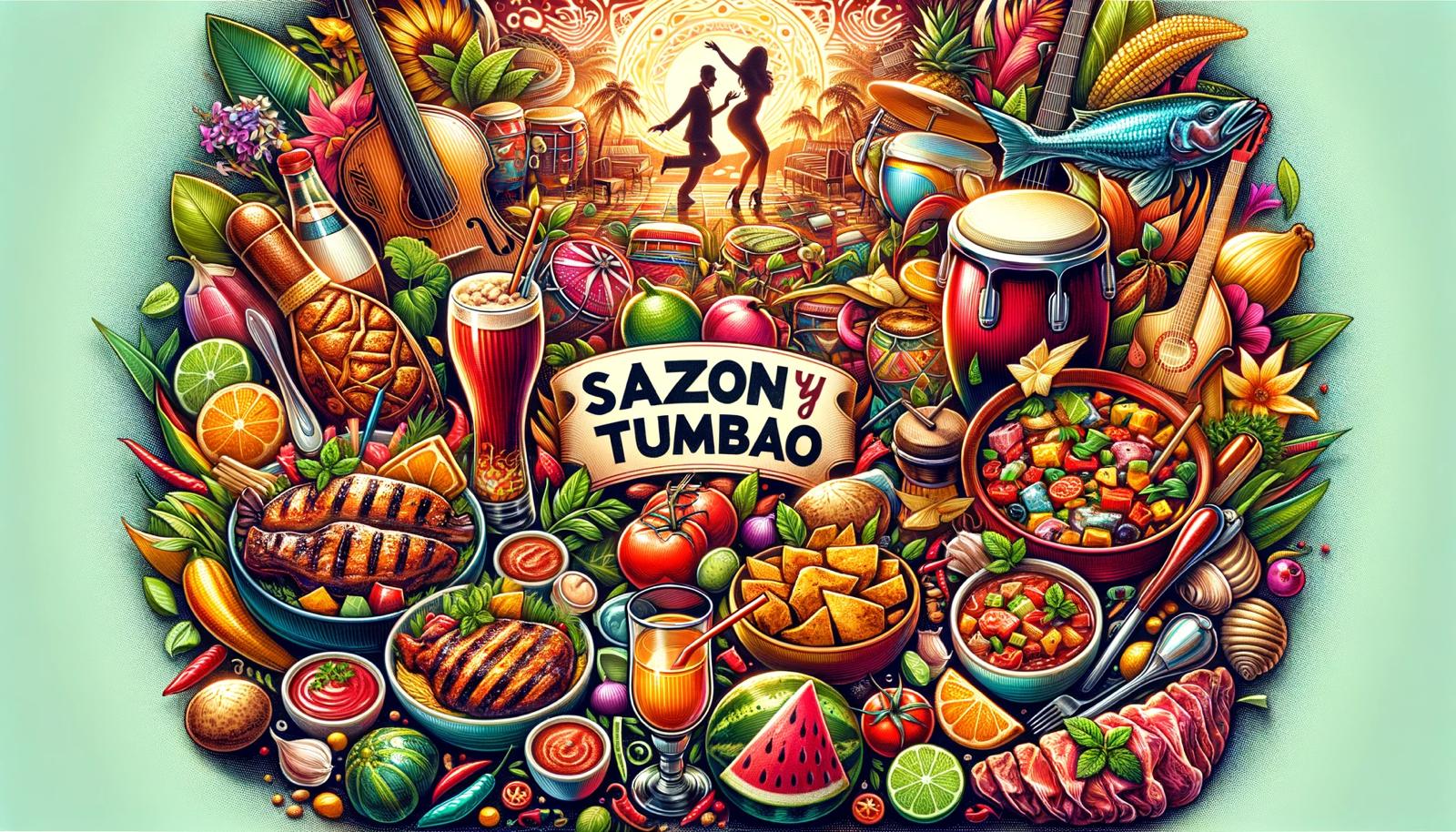
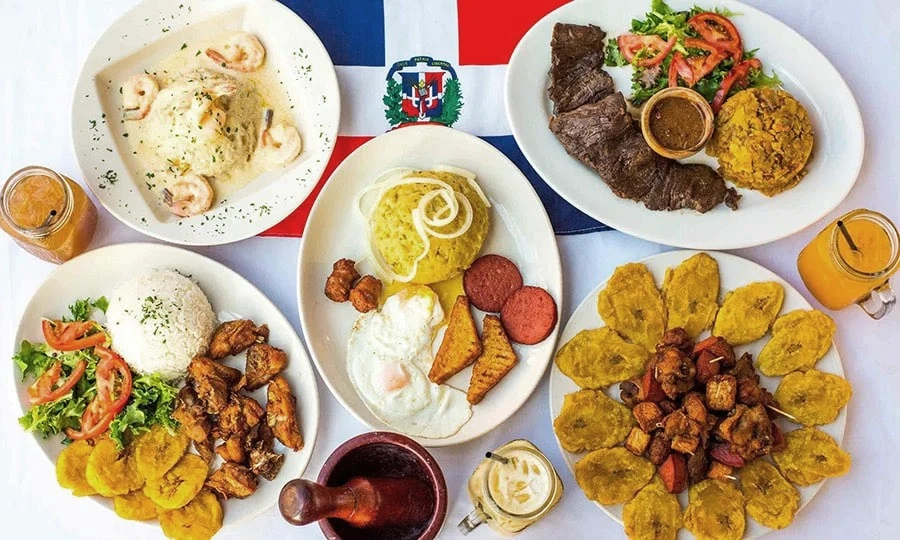



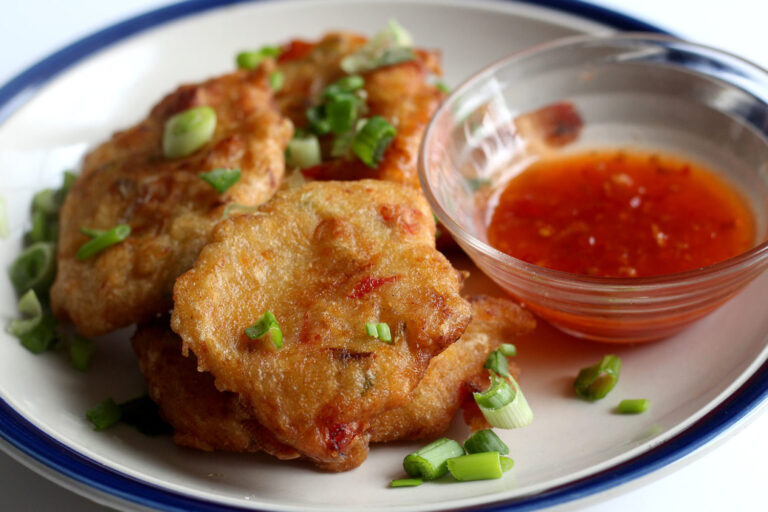
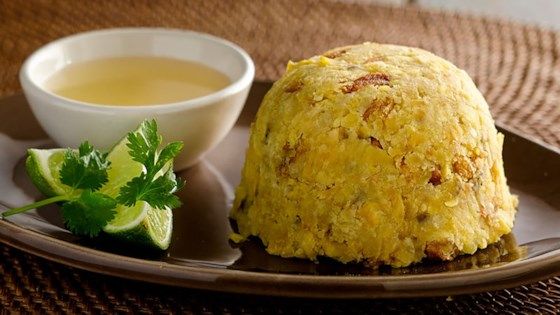
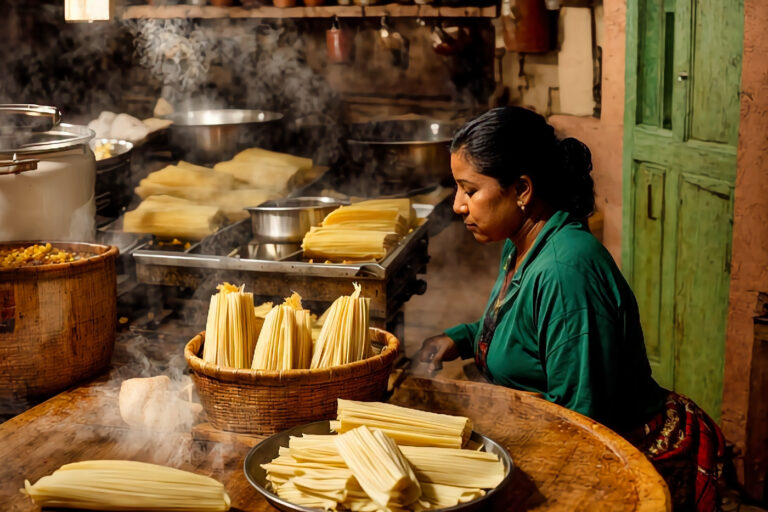
One Comment
Comments are closed.